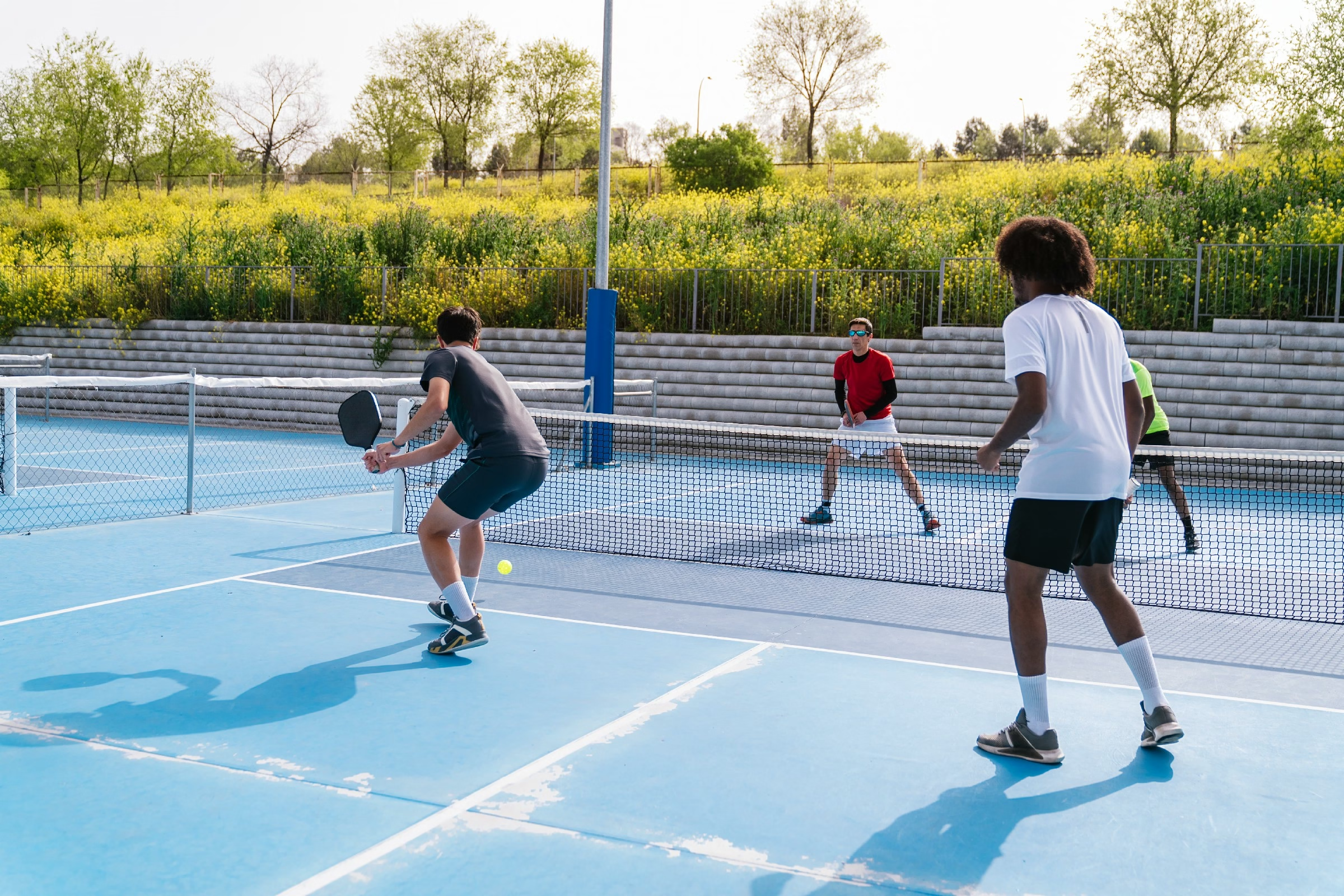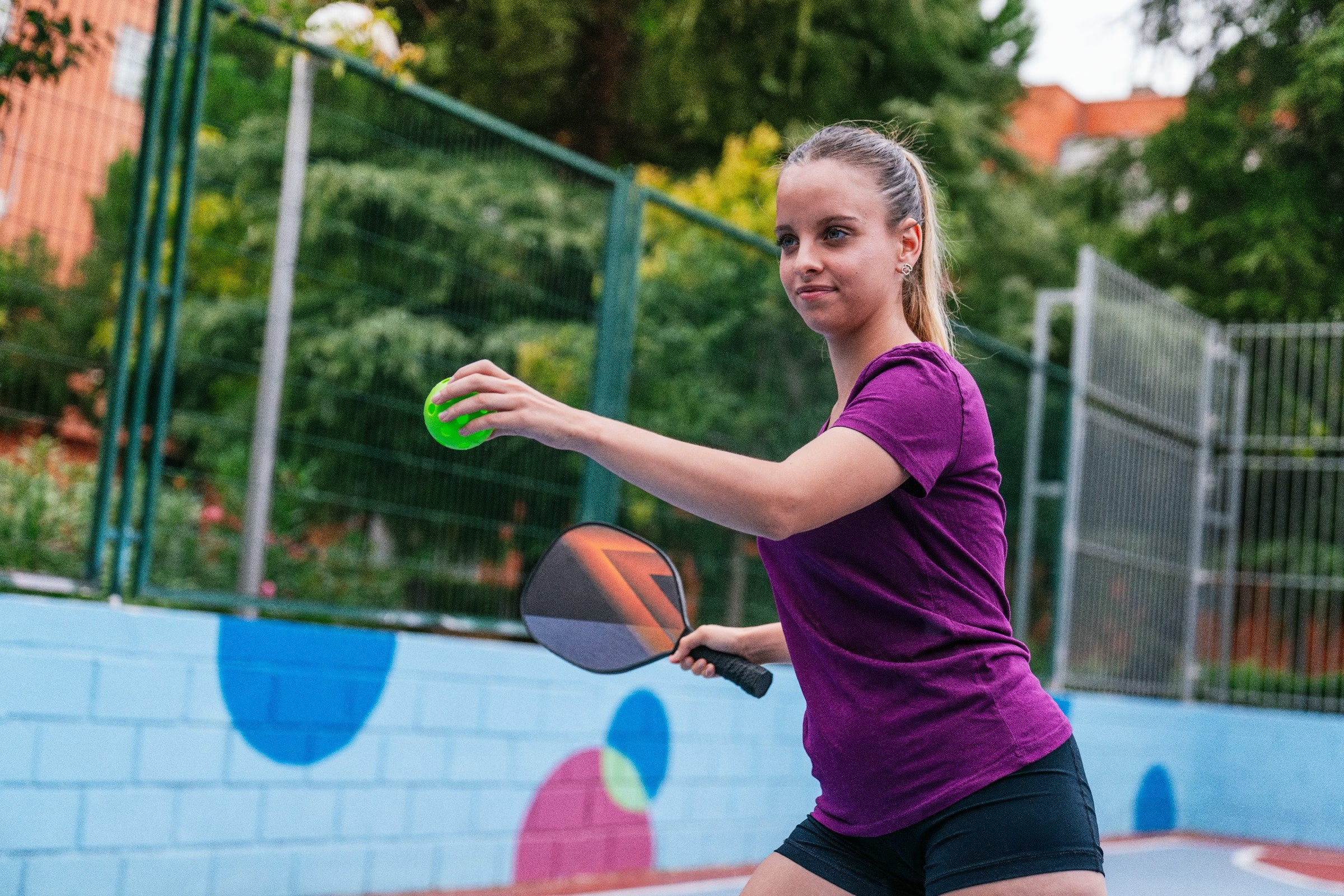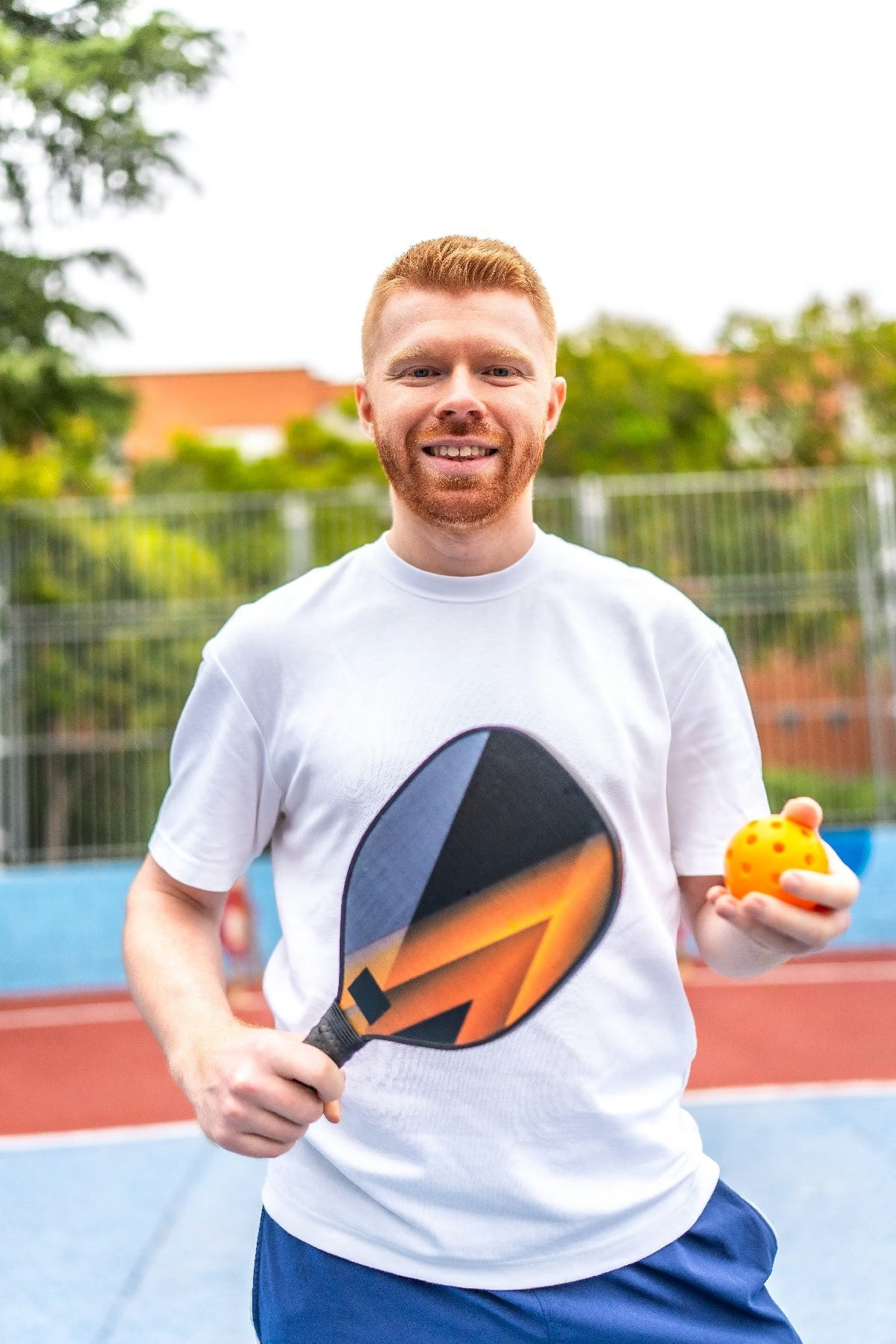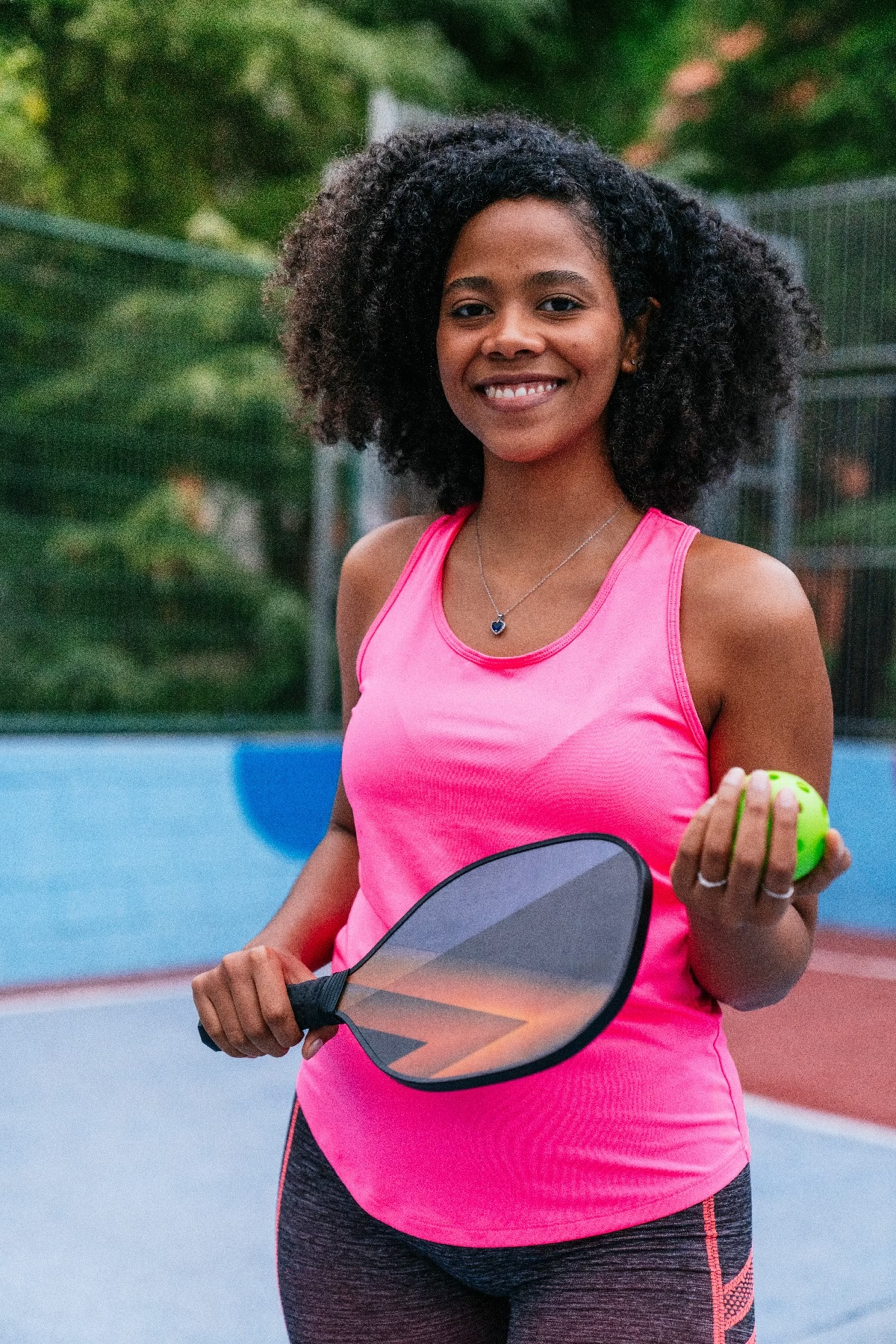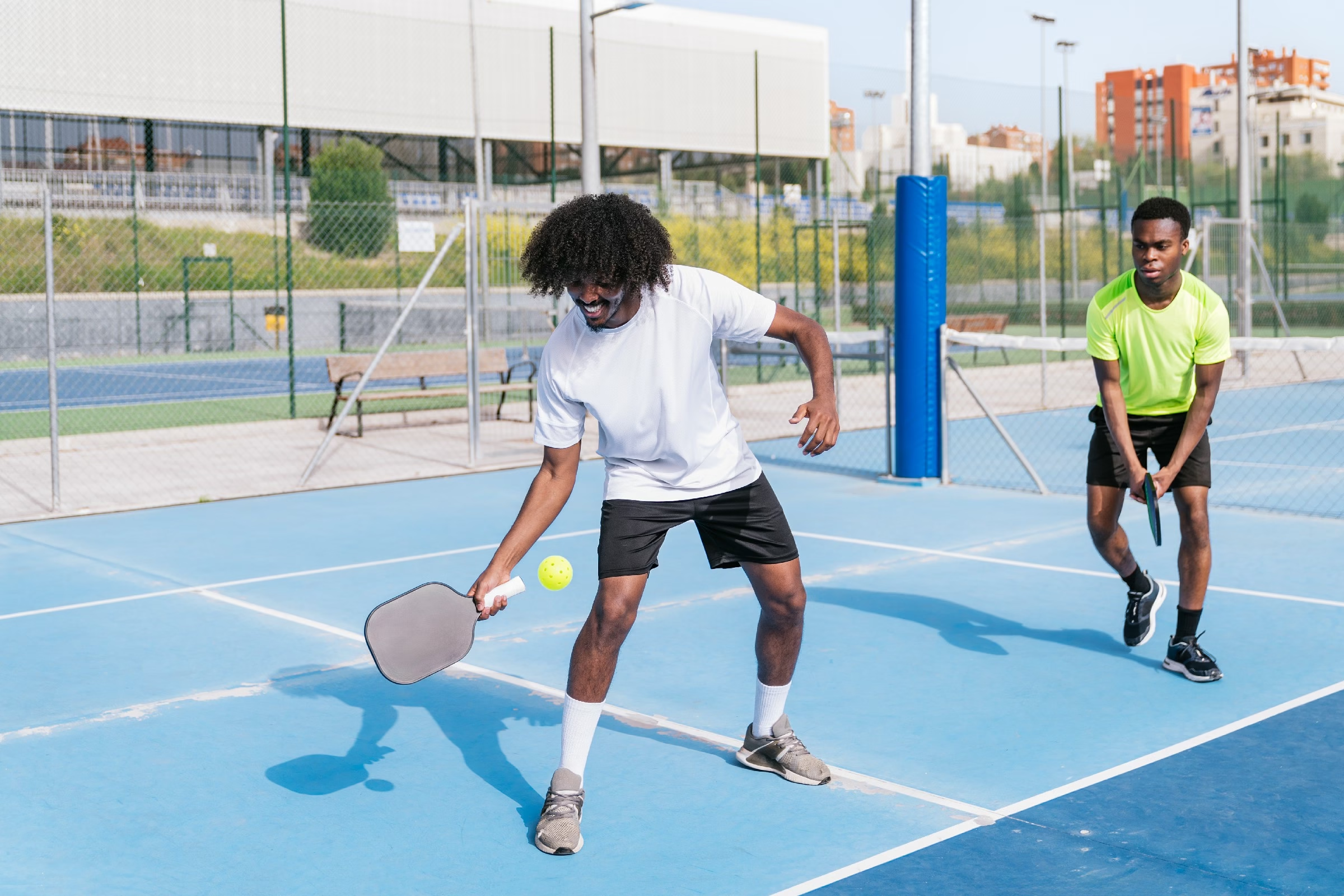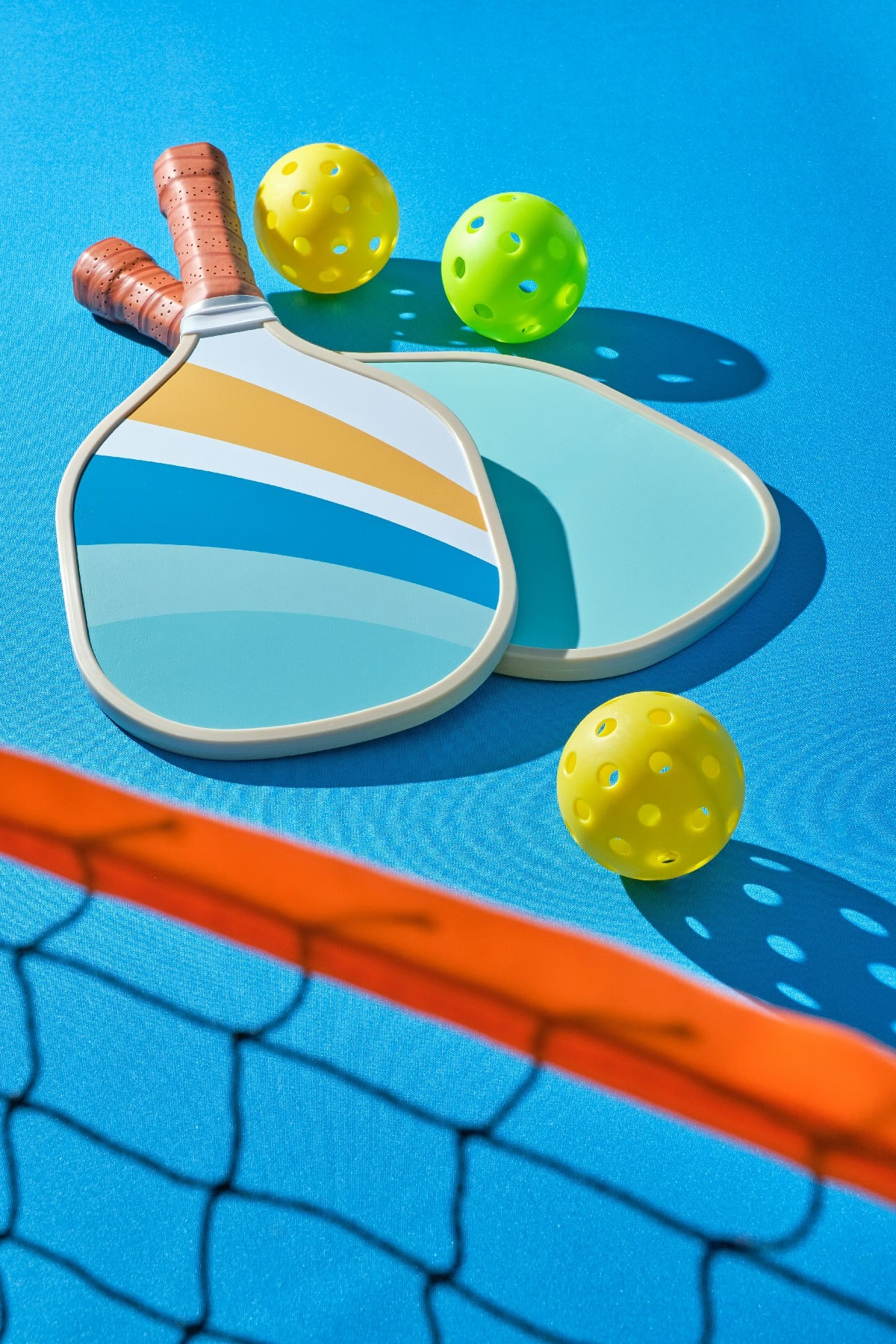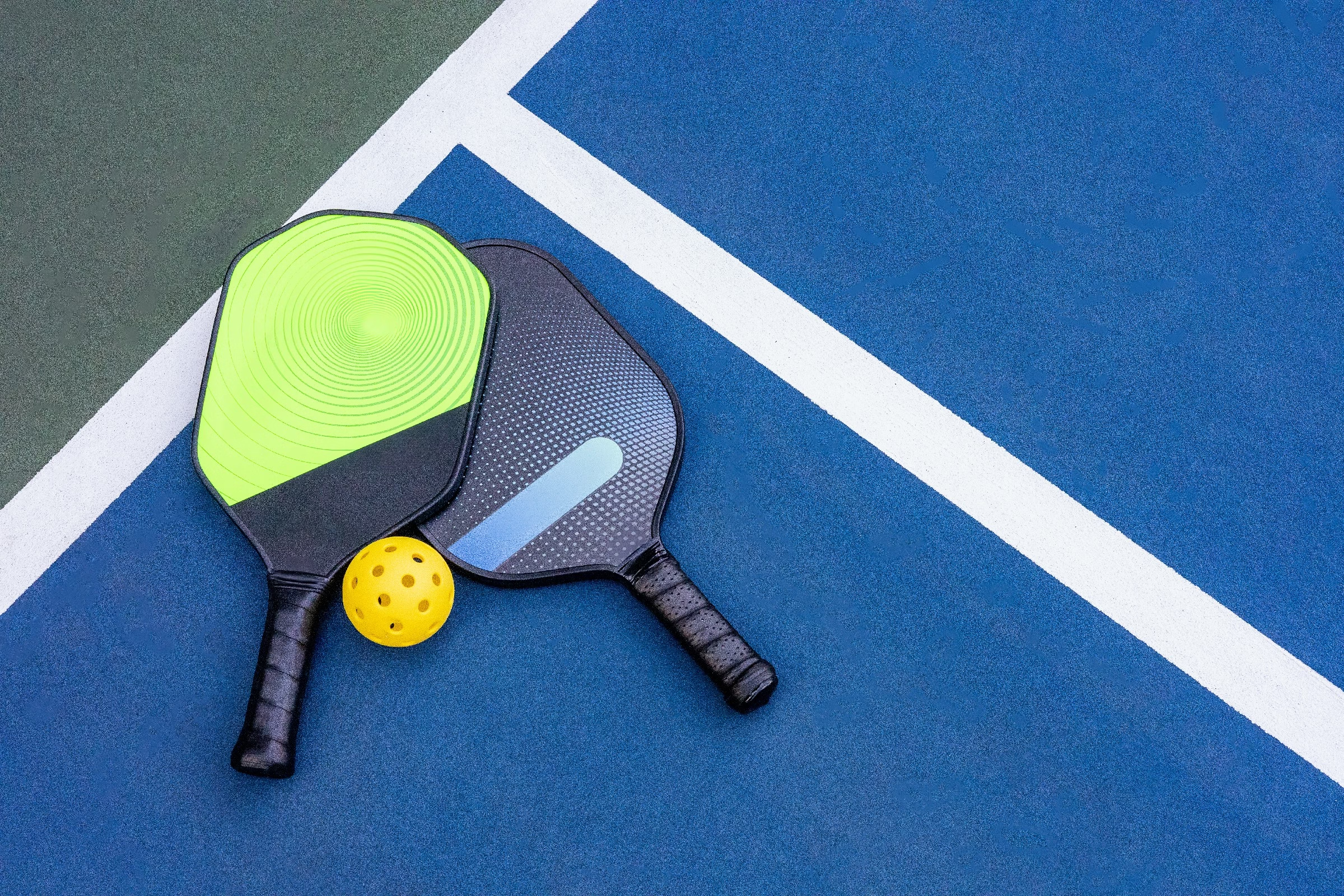Blog
how to slice a pickleball

Slicing Through the Game: Mastering the Art of the Pickleball Slice
In the dynamic world of pickleball, where agility meets strategy, a well-executed slice can be the secret weapon that sets players apart on the court. This seemingly simple technique adds an exquisite layer of finesse to your game, transforming a standard rally into a tactical dance that keeps your opponent guessing. Whether you’re a novice seeking to elevate your skills or a seasoned player aiming to sharpen your edge, understanding how to slice a pickleball can unlock new dimensions in your play.In this article, we’ll delve into the mechanics of the slice, explore its tactical advantages, and provide step-by-step guidance to help you master this essential skill. Prepare to slice through the competition and elevate your pickleball prowess!
Table of Contents
- Understanding the Pickleball Slice Technique
- Essential Grip Adjustments for Effective Slicing
- Mastering the Spin: Techniques for Optimal ball Rotation
- Footwork Fundamentals to Enhance Your Slice
- Practicing with Purpose: Drills for Slicing Success
- Common Mistakes to Avoid When Slicing a Pickleball
- Q&A
- Insights and Conclusions
Understanding the Pickleball Slice Technique
The slice is an essential technique in pickleball that adds versatility to your game. A well-executed slice can create challenging angles for your opponent, allowing you to dictate the pace of the match. To achieve an effective slice,focus on the following key components:
- Grip: Use a continental grip to provide control and ease of execution.
- Stance: Position yourself sideways to the net, with your knees slightly bent to maintain balance.
- Follow-through: Ensure a smooth, low to high motion to impart spin on the ball.
When applying the slice, aim to contact the ball just before its peak to maximize the downward trajectory. This not only helps in generating spin but also positions the ball to drop quickly, making it harder for your opponent to return effectively.Experimenting with different angles and speeds during practise can enhance your comfort and skill level when executing this shot. Below is a simple comparison of the slice to other common techniques:
| Technique | Effect | Ideal Use |
|---|---|---|
| Slice | Creates spin and control | Defensive shots, changing pace |
| Topspin | Increases ball bounce | Offensive shots, aggressive play |
| Flat Shot | Straight trajectory | Speedy points, capitalizing on mistakes |
By mastering the slice, you can effectively alter the dynamics of play. Remember to practice not just the mechanics but also the strategic application of this shot in various game scenarios. Developing this technique will undoubtedly contribute to a more robust pickleball skill set and competitive edge on the court.
Essential Grip Adjustments for Effective Slicing
Mastering the art of slicing a pickleball begins with the right grip, which can dramatically influence your control and execution. When preparing to slice, it’s imperative to adjust your grip slightly from the standard one. This adjustment allows for a more angled racket face at contact, enabling the spin you need for that perfect slice. Consider utilizing a grip variation, such as the Eastern or Continental grip. Each grip has its nuances that can facilitate a cleaner, more effective slice.
When setting your grip, focus on positioning your dominant hand lower on the handle while making sure your fingers are spread for optimal control. This helps to create a higher degree of wrist flexibility, crucial for imparting spin onto the ball. Pay attention to the following points when adjusting your grip:
- Loosen your grip: Hold the paddle lightly to enhance feel and control.
- Angle the paddle face: Position the paddle slightly open to generate that slice effect.
- Maintain wrist mobility: Allow your wrist to move freely for maximum spin.
For those looking to refine their technique further,it’s beneficial to experiment with different grip pressures and paddle angles during practice. Consistent practice will help find your ideal configuration. Here’s a quick reference of common adjustments and their impact on slicing:
| Grip Style | Effect on Slice |
|---|---|
| Continental | Best for adding topspin and depth |
| Eastern | Ideal for generating lateral spin |
Mastering the Spin: Techniques for Optimal Ball Rotation
To effectively slice a pickleball,it’s essential to grasp the concept of spin and how it drastically affects the ball’s trajectory.Achieving optimal ball rotation involves a precise combination of technique and timing. Begin by positioning yourself correctly, ensuring your stance is stable and your feet are shoulder-width apart. This foundation will enhance your balance and give you the range needed to execute your slice. Pay close attention to the grip: using a continental grip allows for more flexibility in generating spin.
Next, focus on your swing path. The key to creating a successful slice lies in a low-to-high motion. Start with your paddle below the ball, then make contact with an upward motion to impart the desired topspin.Here are some additional tips to refine your technique:
- angle Your Paddle: Tilting your paddle slightly downward at the point of contact aids in creating that signature spin.
- Follow Through: Ensure your follow-through is smooth and directed toward your target; it helps with both spin and accuracy.
- Practice Timing: hitting the ball at its peak height enhances your ability to create a solid slice.
Understanding the various types of spins and their effects can further elevate your slicing game. Consider the following table, showcasing common spins and their impact on ball behavior:
| Type of Spin | Effect on Ball |
|---|---|
| topspin | Ball dips quickly, making it harder to return. |
| Sidespin | Ball curves to the left or right depending on the spin direction. |
| Backspin | Ball floats and can bounce low,deceptive for opponents. |
Footwork Fundamentals to Enhance Your Slice
To effectively execute a slice in pickleball, mastering your footwork is crucial. Proper positioning allows you to make contact with the ball in a way that maximizes the spin and control. Start by ensuring that your stance is balanced. Ideally,your feet should be shoulder-width apart,with your knees slightly bent to maintain agility. As the ball approaches, take small, deliberate steps to move into the optimal position. This will not only enhance your slice but also improve your overall game.
Practicing the following basic footwork drills can help reinforce your slice technique:
- Side Shuffles: Move laterally from side to side, strengthening your agility.
- Cross-Over Steps: For deeper shots, practice crossing your feet to get into position quickly.
- Pivoting: Work on pivoting on your back foot to prepare for your slice swing.
Understanding the court positioning is another key component. Slicing effectively often involves responding to your opponent’s shots.Refer to the following table that outlines optimal positions based on different shot scenarios:
| Shot Type | Recommended Position | Footwork Action |
|---|---|---|
| Forehand Return | Right Side of the court | Step diagonally forward to the right |
| Backhand Return | left Side of the Court | Step diagonally forward to the left |
| High Balls | Center Court | Step back,reset,then attack |
By combining these foundational footwork techniques with your slicing skills,you’ll find yourself not only improving your shot accuracy but also increasing your ability to anticipate and respond to your opponent’s moves. Remember, the key lies in your feet – they guide every successful slice on the court!
Practicing with Purpose: Drills for Slicing Success
To effectively master the art of slicing a pickleball, dedicated drill sessions are essential. Start with basic grip practice to ensure you have the proper hold on your paddle. This foundational step allows for better control and precision during your slices. Utilize these drills to hone your skills:
- Grip Strengthening: Use a stress ball to enhance grip during your practice sessions.
- Shadow Slicing: without a ball, simulate the slicing motion—focus on your follow-through.
- Slow Motion Slices: Take your time with each slice to ensure proper technique and body position.
Next, implement target drills to refine your accuracy. Setting up targets on the court will help you visualize your path and destination for the ball.This could include cones or small markers to aim at as you slice the ball. Consider these types of target drills:
- Cone Targets: Position cones at various spots to challenge your precision.
- Baseline Shots: Start from the baseline and practice slicing to different areas of the opposite court.
- Team Targets: Pair with a partner who can act as a dynamic target through movement, keeping you focused on your slice aims.
Lastly, incorporate game-like situations into your practice routine. Simulating real match scenarios can substantially improve your slicing under pressure. Focus on these strategies during partner drills:
- Feed and Slice: Have your partner toss balls to you, and focus on slicing them back with varied trajectories.
- Short Game Challenge: Limit your shots to only slicing within the kitchen area, enhancing your tactical gameplay.
- Match Play: Dedicate a portion of your practice to play matches where you specifically aim to use slicing techniques as a primary strategy.
Common Mistakes to Avoid When Slicing a Pickleball
When you’re trying to master the art of slicing a pickleball, it’s easy to fall into some common pitfalls. One major mistake is not using the correct grip. A tight grip can lead to unintended errors. instead,focus on holding your paddle with a relaxed grip to allow for better control and movement. Additionally, ensure that your grip is consistent each time you hit the ball; this will help you achieve a more reliable slice.
Another frequent error is misjudging the angle of your paddle at the moment of impact. If the angle is too steep, the ball may fly high and fall flat, while a too-flat angle can lead to an ineffective slice. to avoid this, aim for a slight tilt of the paddle face downward just before contact. Practicing your approach will help you develop greater familiarity with how to position the paddle accurately. Here are some tips to guide you:
- Visualize the trajectory you want for the ball.
- Practice slice shots against a wall to perfect your paddle angle.
- Incorporate drills that focus solely on slicing technique.
pay attention to your footwork and positioning. Being too far from the ball can hinder your ability to slice it effectively. Always move your feet to set up for the shot, and ensure you’re making contact with the ball in front of your body. To better illustrate this,consider the following table that outlines the ideal positioning:
| Distance from Ball | Recommended Position |
|---|---|
| 2-3 feet | optimal for control |
| More than 3 feet | Too far; risk of mishit |
| Less than 2 feet | Too close; limited options |
By avoiding these mistakes and focusing on your technique,you’ll find slicing the pickleball becomes a more effective and integral part of your game. Remember, practice is key to mastering any skill, and being aware of these common errors can significantly enhance your performance on the court.
Q&A
Q&A: Mastering the Art of Slicing a Pickleball
Q: What dose it mean to slice a pickleball?
A: Slicing a pickleball refers to hitting the ball with a sidespin, causing it to curve in the air and bounce unpredictably upon landing. This technique adds an element of surprise to your shots, making it more challenging for your opponent to return.
Q: Why is slicing an crucial skill in pickleball?
A: slicing can disrupt your opponent’s rhythm and timing, making it an effective tactic, especially when played from the baseline or during a volley. It allows for greater control over the ball’s trajectory and can definitely help you win points by forcing mistakes.
Q: What are the basic steps to execute a slice shot?
A: To slice a pickleball, follow these steps:
- Grip: Use an Eastern or continental grip, allowing for better control of the racket head.
- Stance: Position yourself with your feet shoulder-width apart,knees slightly bent. Ensure your body is facing the net.
- Backswing: As you prepare to hit the ball, take the paddle back low to high.
- Contact: Aim to strike the ball at its equator, using a glancing motion. This is key to imparting sidespin.
- Follow-through: Finish your stroke high, ensuring that your paddle ends up above your shoulder. This helps reinforce the spin on the ball.
Q: Is there a specific ball height at which to slice?
A: Slicing is typically most effective when the ball is at or just above waist height. This allows for optimal contact and spin. If the ball is lower, you might want to consider other shot types, like a drop or drive.
Q: How can I practice my slice shot effectively?
A: Start by practicing against a wall or with a partner. Focus on your grip, stance, and follow-through. Gradually increase the speed and intensity of your hits as you become more comfortable. Additionally, consider targeting specific areas of the court to hone your accuracy.
Q: Are there common mistakes to avoid when slicing?
A: Yes, some frequent mistakes include hitting too hard, which can result in a loss of control, or failing to contact the ball at the right angle, resulting in less spin. It’s crucial to maintain a relaxed grip and to commit to the slicing motion.
Q: How can I incorporate slicing into my overall game strategy?
A: Use slicing strategically when your opponent seems comfortable or if they are positioning themselves for a powerful return. Mixing slices with drives and drops can keep your opponent guessing and create opportunities for offensive plays.
Q: Is slicing suitable for players of all skill levels?
A: Absolutely! Slicing is a versatile shot that can be beneficial for beginners and advanced players alike. With practice and familiarity, players of any level can integrate slicing into their game.
Q: Can slicing be used in doubles play, and if so, how?
A: Yes! In doubles, slicing can be notably effective as it can create gaps for your partner to exploit. When you slice the ball, aim for the sidelines or to the opponent’s weaker side. This adds variety to your team’s strategy and keeps the opposing team on their toes.
Q: What’s the key takeaway for players looking to slice a pickleball?
A: the key to a successful slice is practice and patience. Focus on the mechanics of the shot, and as you gain confidence, incorporate it into your matches. Remember that even the pros had to start somewhere, so enjoy the learning process!
Insights and Conclusions
as you step onto the court with your newfound understanding of how to slice a pickleball, remember that practice is key to mastering this essential skill. Each slice opens up a world of strategic possibilities, allowing you to disrupt your opponent’s rhythm and elevate your game. Embrace the learning process—approach each serve and volley with curiosity and patience. Whether you’re a beginner seeking to enhance your skills or a seasoned player aiming to refine your technique, incorporating a well-executed slice will surely add a new dimension to your play. So grab your paddle, head to the court, and let the slicing begin!

